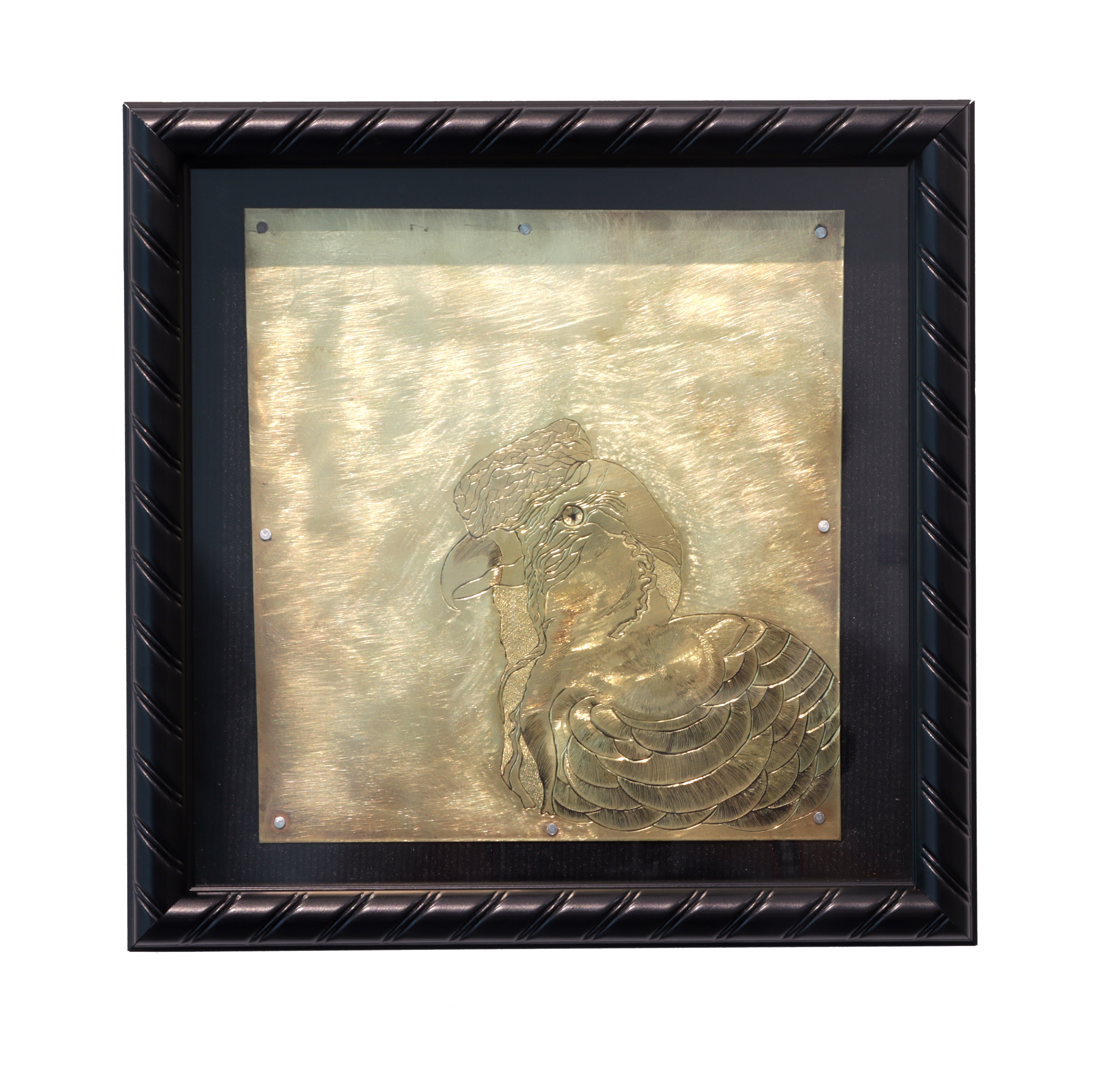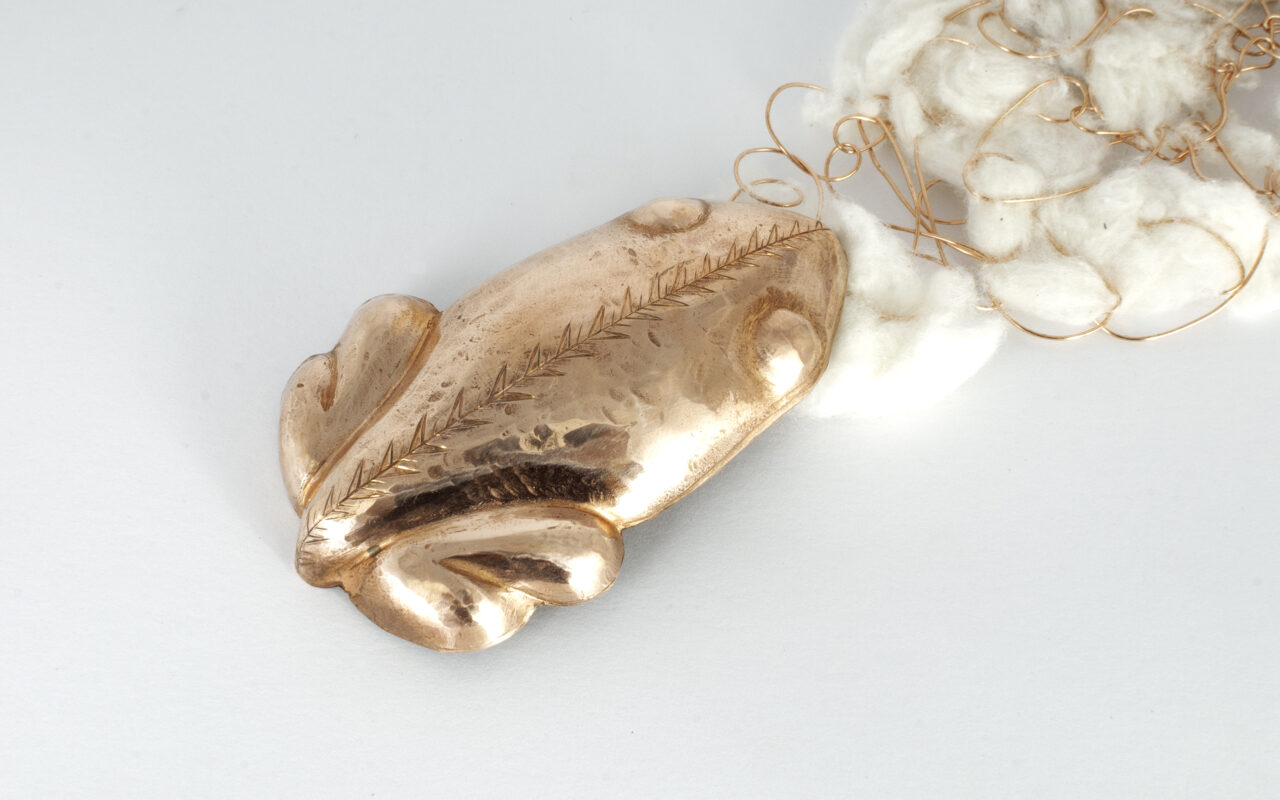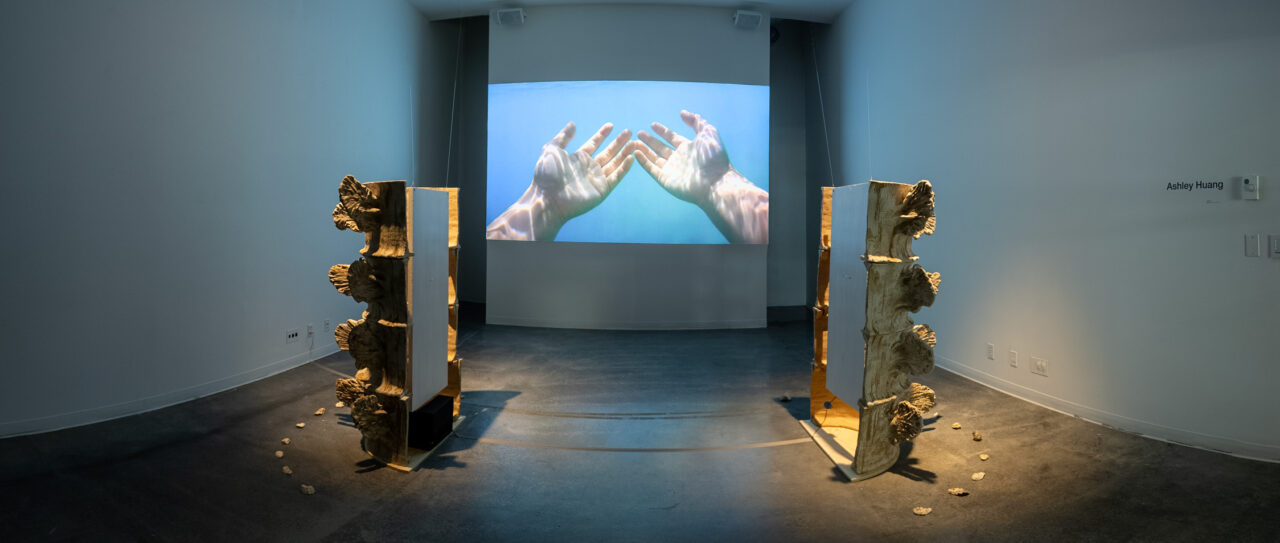Low-Residency MFA Program Empowers Students in their Work-Life Balance

Valentina Figueroa, Keeper of the Andes. (Image courtesy Valentina Figueroa)
Posted on | Updated
The low-residency MFA helps students like Valentina Figueroa and Ashley Huang balance bustling careers in their home countries alongside their evolving artistic practice.
Emily Carr University’s low-residency MFA program has adapted to the times by offering a rich online curriculum that ensures students from far-flung locations have access to resources on campus while deepening their artistic practice.
For Valentina Figueroa, selecting the low-residency MFA program was long in the making. “I have a studio in Colombia where I work. It’s taken me 15 years to get all my tools together. I had commissions and also work in my family’s business,” she says.“[The program] allowed me to take care of things that I really needed to in Colombia while being connected to a community and being intellectually stimulated.”
With the in-person residency every summer, students can meet face-to-face and experience Emily Carr’s shops and labs up close. Valentina calls the summer term “an appetizer” for what’s to come, as she plans to visit Vancouver more often and seeks out local studios.

Copper frog and cotton piece by Valentina Figueroa. (Image courtesy Valentina Figueroa)
Flexibility is Paramount in the Low-Res Program
Weaving in flexibility is crucial to the low-res program. Many students have day jobs, established art practices or young families to manage alongside their studies. Adapting the program to a hybrid model is something Lauren Marsden, course coordinator for the program, feels is vital.
“One of the program’s goals is to offer both the possibility to participate remotely for most of the year and also to come use the resources that are available on campus, which I know is exciting,” Lauren says.
Each year, the Graduate Studies team works to create a robust lineup of events such as talks and studio visits with local artists where students can experience their curriculum in a tangible way.
“We invited Valerie Walker, who is currently a non-regular faculty member, to do an indigo workshop in her studio at Main and Terminal,” Lauren says. “We had up to 10 students sign up to go to her studio and learn how to do indigo dying. It was a two-day workshop, so that’s quite hands-on."
Often these artist talks prove instrumental in shaping the trajectory of a student’s work. This is especially true for Ashley Huang. Ashley met visiting artists Brendan Tang and Christina Battle, which she says proved to be a major influence. ​​Brendan later stopped by Ashley’s studio to view her work, which became “Immersion” - a mixed-media piece that joins experimental film and sound design with ceramic sculpture.
“I had Christina Battle’s talk this summer, and she has a background in experimental film. So, I’m heading in that trajectory, and we had a really nice conversation talking about film and witnessing,” she says. In fact, much of what Ashley and Chirstina spoke about wound up in Ashley’s thesis. “You just never know who you’re gonna meet or what’s gonna be spoken about.”

Immersion by Ashley Huang. (Image courtesy Ashley Huang)
Bringing Learnings Back Home
As a middle-school educator based in Hawaii, Ashley admits she had a challenging time zone to contend with for certain aspects of the program. This often meant she would get deep into her thesis research and teaching career and forget to reply or push her deadlines for certain classes.
The compassion and flexibility Ashley experienced in the program made an impression, and she has extended the same “grace” she received to the students in her own classroom.
“I’m teaching children and, as an educator, I’m watching what our cohort [and Â鶹ĘÓƵ faculty] are doing and then applying those things to my own teaching with the students,” she says.
Because students in the low-res program get to work flexibly around their careers while refining their artistic practice, they say the program begins reshaping their lives in real-time as they work their way through their studies.
For Valentina, reconnecting with her academic roots cemented the MFA’s efficacy.
“I love the academic setting, but I hadn’t connected to that side of me in a long time,” she says. “In my daily life, I didn’t make the time to read and write, and having those stimuli is really good – especially in my ideas and how I think about my work,” Valentina says.
“Ultimately, I feel that doing this MFA is also about discovering who we are and how we want to present ourselves to the world, as artists and human beings.”
Follow and on Instagram to keep up with their work.
Visit Â鶹ĘÓƵ online today to learn more about the full and low-residency MFA programs. You can also find detailed course descriptions on our graduate degrees page at ecuad.ca.